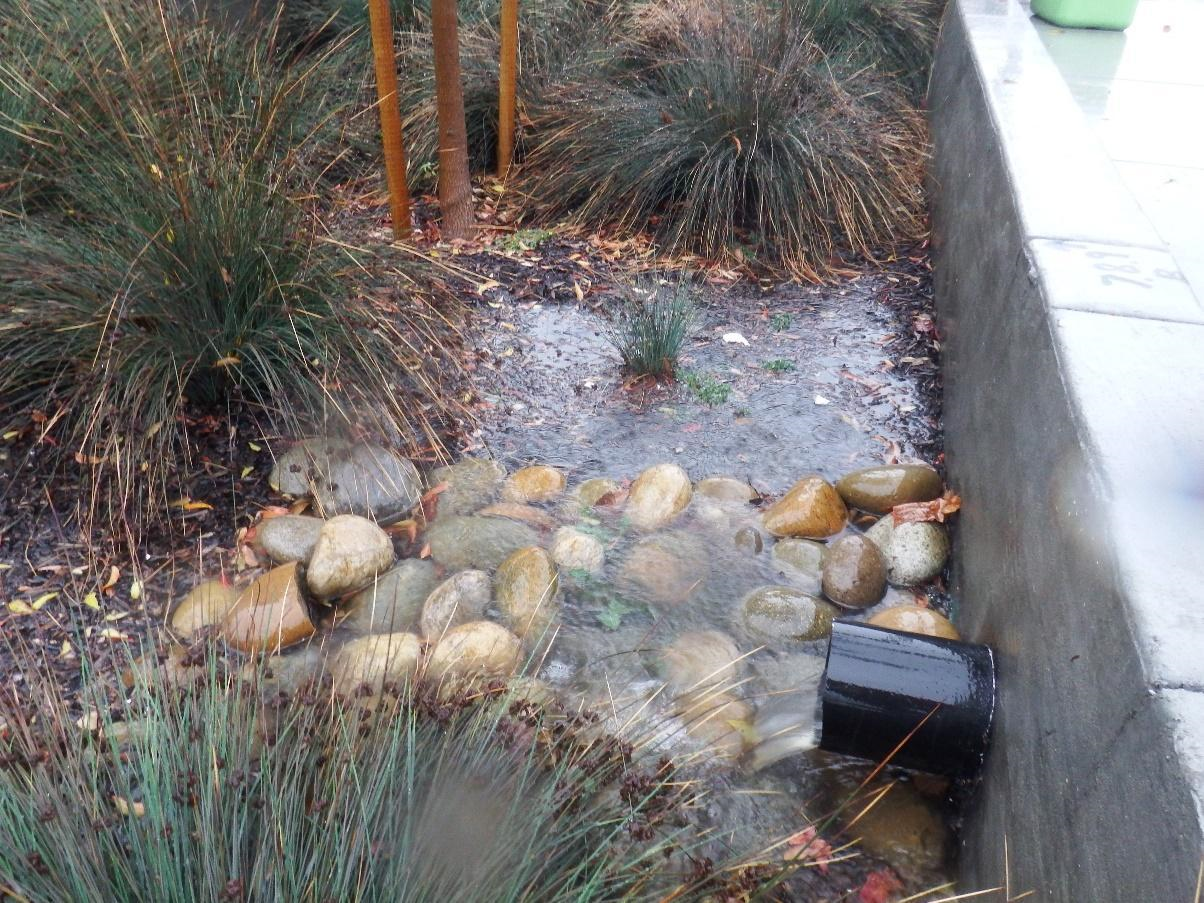
The toolset was initially developed and applied using state funding and collaborations with the cities of San Mateo and San Jose. The initial phase involved developing the locator tool and testing and applying it in the two city areas and then developing and applying the modeling and optimization tools in San Jose. The focus of these two pilot applications was on the priority development areas within the two cities. Now with funding from the USEPA water quality improvement fund, we are continuing to work with San Jose to expand the tool application and to further explore the PCB load reductions associated with optimal GI scenarios. SFEI is also working with the cities of Sunnyvale and Oakland to explore ways to optimize PCB load reduction, applying the locator tool in a collaboration with ABAG to explore feasible locations for GI along the East Bay corridor from Fremont to Pinole and Hercules, and working exploring PCB load reduction potential in the greater Richmond area and the development of a pilot scale GreenPlan-IT Tracker Tool through a collaboration with the City of Richmond and Contra Costa County. A case study report on these new tool applications will be presented in 2017.
The following high-level overview introduces you to the various parts of the toolset.
